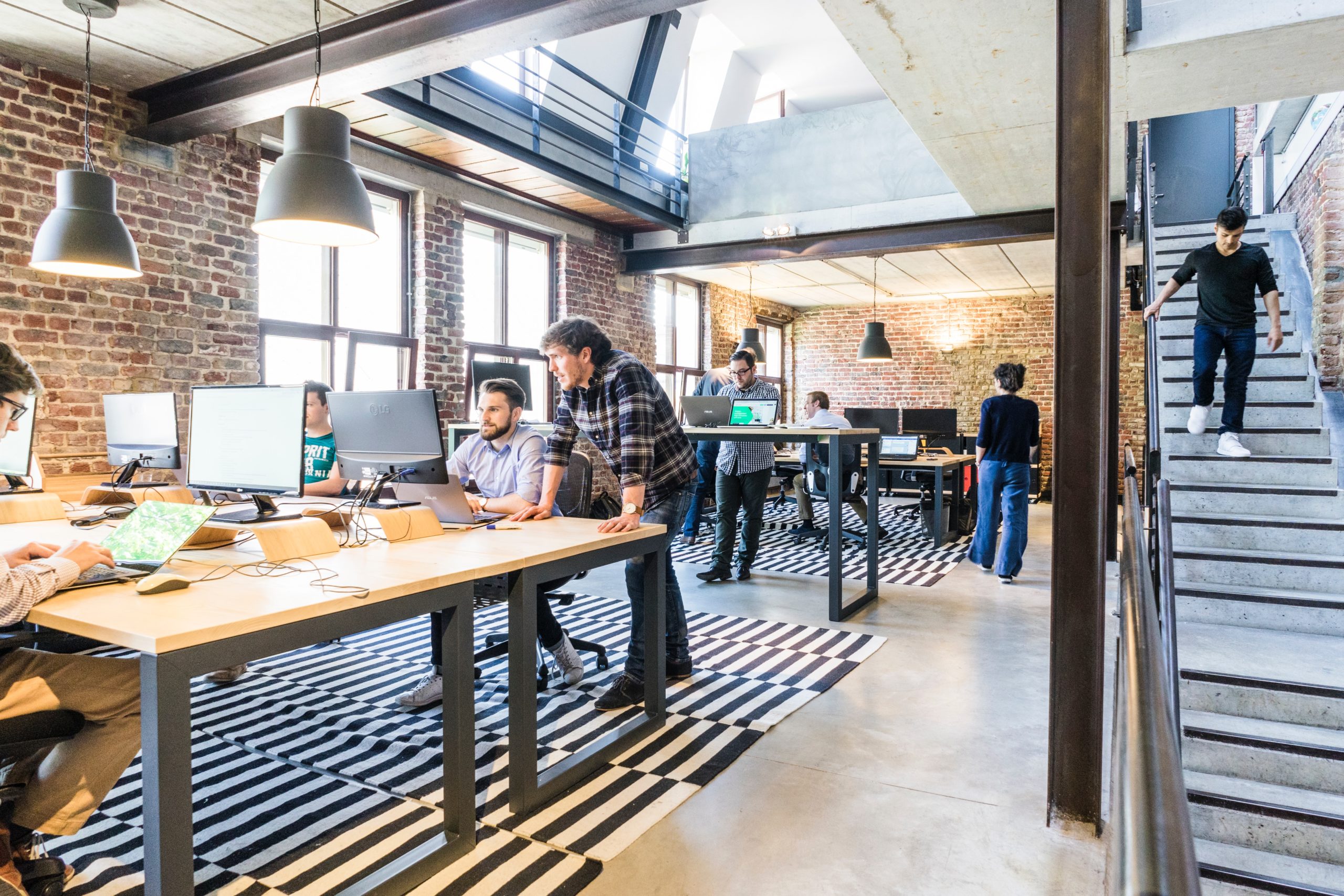The retail business is hard. It’s cutthroat, moves at lightning speed and only the strong and adaptable survive.
It must meet the demands of the market through efficiency, quality, cost-effectiveness, differentiation, accessibility, and customer service. These pillars of performance are constantly evolving, though the objective to deliver a product to the final end-user is the same. Investing in an ERP may be perceived as an investment that has no interaction or effect on the consumer, but it can enable the survival of a retailer in markets that look beyond the product to make purchasing decisions.
Retailers are in the process of restructuring their organizations to fully leverage and optimize the people, processes, technology, and data in their supply chain in order to remain competitive. Restructuring occurs from a geographical, partnering, rebranding, and technological infrastructure point of view. A centralized technological infrastructure underpins the pillars of performance and provides fluidity for restructuring. The essence of an ERP is centralization and connectivity.
Are you Ready for a Retail ERP?
As a general concept, once your retail business has either more than 5 locations or a larger volume of employees, clients and transactions, an ERP might be a better fit for your business model. Though an ERP may seem like a big step for a smaller scale company, these integrated solutions are designed with different user needs in mind, as the needs of a business with 5 locations is significantly different than those with more than 25.
Smaller businesses generally look for more basic features in a retail ERP and its implementation with the option to seamlessly expand as they grow. A retail ERP can help you transform with ease from a small to medium-sized business, or medium to large. An ERP is built to last with longevity and agility in mind and will assist in navigating past critical plateaus along your journey.
If you’re already at significant sales and employee levels or have multiple locations, then you’re at the point to consider restructuring your technological infrastructure. Keep in mind that it can be easier to implement earlier than later because the more a business scales with its prospects, it also becomes more complex— thus making the implementation more complex and costly.
Contact us now for a consultation to find out.
What to Look for in a Retail ERP
ERP implementations are as diverse as retail companies themselves. Your ERP solution will depend on your size, needs and growth strategy. Keep in mind that you can add elements as you progress as your needs change—so it is not an “all-or-nothing” approach. ERP implementations are designed to be modular in nature in order to be a system that evolves with your business.
Elements of a Retail ERP
- Order to Cash
- Point of Sale Integration (POS)
- Procure to Pay
- Fulfillment
- Supply Chain Management
- Inventory and Product Management
- Sales Channel Integrations
- Store Management (including real-time inventory tracking)
- Customer Relationship Management (CRM)
- Head Office Operations (i.e. human resource management, accounting)
- Data Analysis
- System Security
- Data Management
While all of the above is important to different degrees depending on your business needs, there are key retail ERP elements to keep in the back of your mind during the selection and implementation process:
- Omnichannel Support
In our tech and social media age, many retail businesses aren’t just brick-and-mortar anymore. Beyond that, the online business isn’t limited to a proprietary website. A number of external channels are leveraged such as Amazon, Aliexpress, etc. If your business comes from a variety of platforms, you will need an ERP that can accommodate multi-channel support. This can yield not only greater traction in sales, but also provide key performance indicators and other data that can add value to driving your business decisions. - CRM Integration for Clients and Staff
The Customer Relationship Management portal of your ERP can integrate with your other systems to ensure that you have the right stock to serve customers in the way they deserve, and you want. - Warehousing Solutions
Managing your warehouse is integral to an integrated solution. Non-ERP warehouse management solutions operate independent of your other business needs. With a proper ERP implementation, you will have incredibly important elements, like pushing inventory levels to your sales channels and easily accessible financial reports. This information being available in real-time will change how you do business. - Accounting
Accounting is often undervalued. Having it under the same umbrella as your warehouse, POS, store management, etc. will allow you to make better business decisions, and to make them more quickly. This point connects the front-end and back office workflows. - Demand Forecasting
Producing enough product without overspending is the crux of the retail business, and your ERP should give you enough insight to make more accurate forecasts. The reduction in inventory carrying costs will be significant. - Vendor Management
If your products aren’t produced in-house, then vendor management should be a top priority. They can be equally as important as your clients. A retail ERP can do things like monitor vendor performance and minimize lead time on getting products to market.
The above are important concepts to consider, but again each business is unique and so will be the implementation. You will need someone internally to not only spearhead the coordination of the implementation with subject matter experts, but also assign business process owners responsible for each element. Your team matters as much as the technology.
If you think you might be ready for a retail ERP but are unsure if you’re ready, have the right staffing, or equipped to implement—reach out to us. We can have a consultation on what can be expected, the surprises that will inevitably come up and how to implement the features you need in the timeframe you want.
Digital Transformation Today




